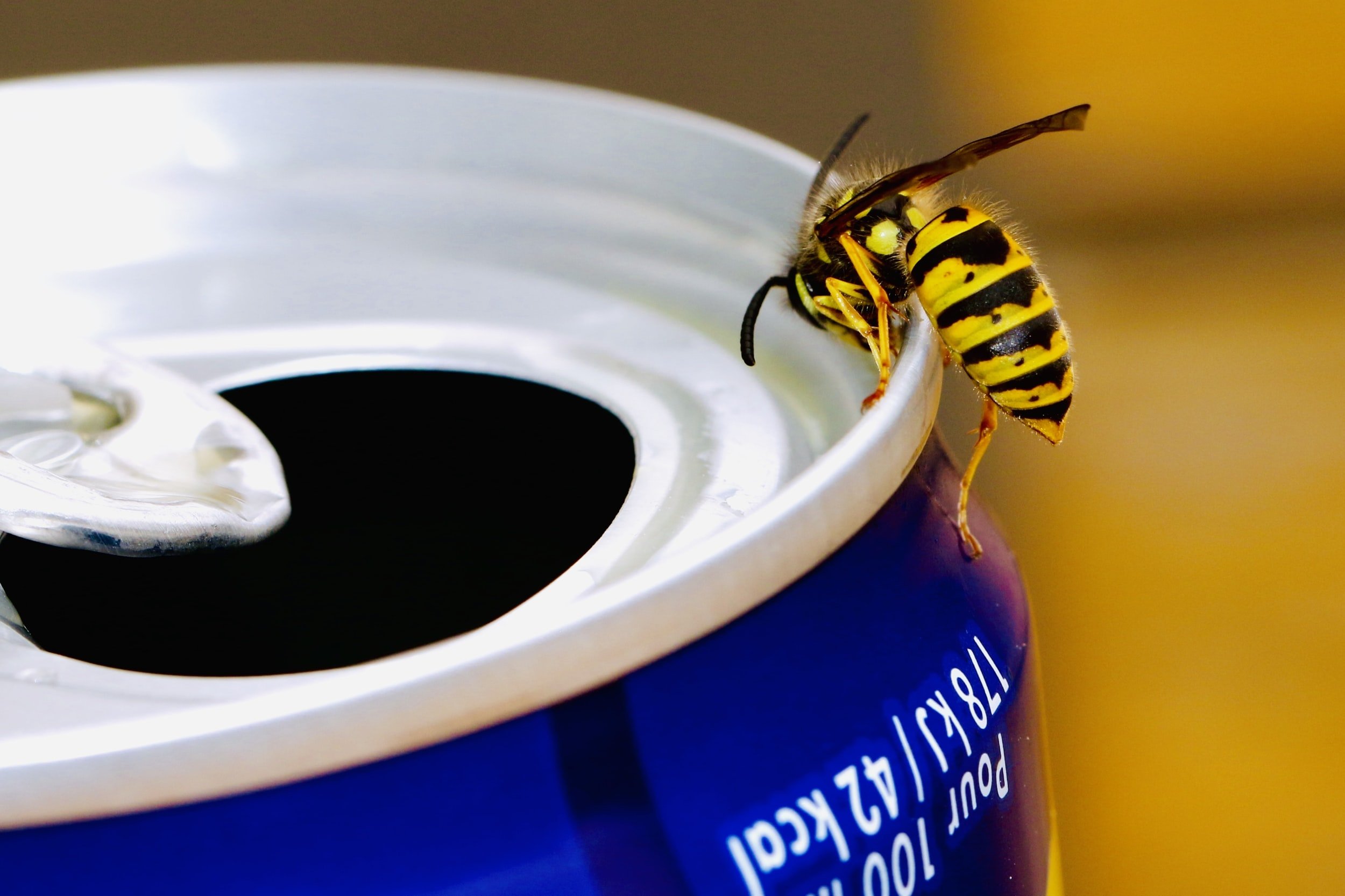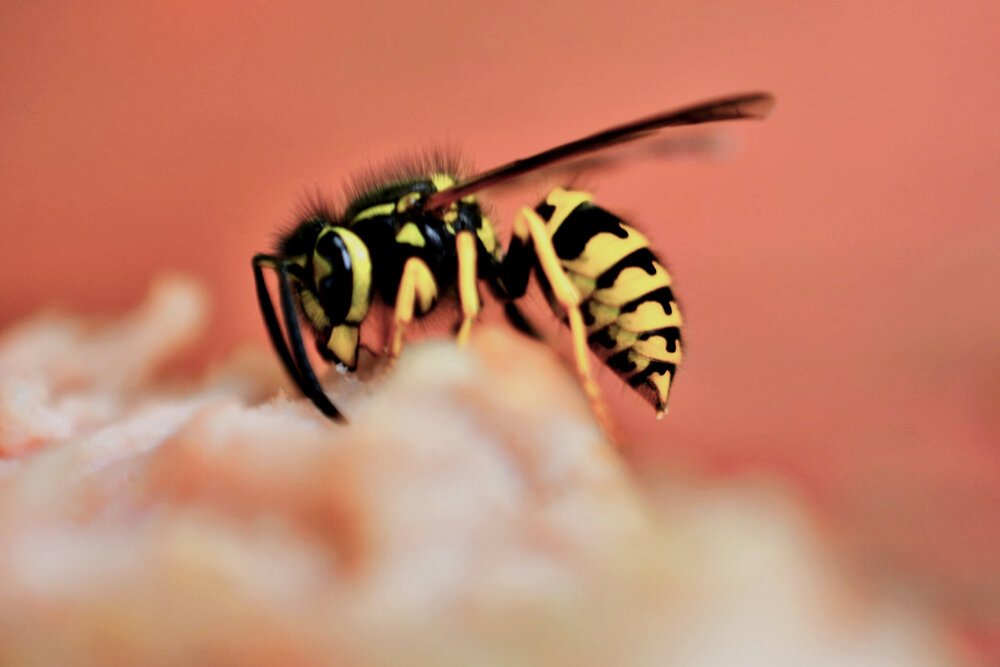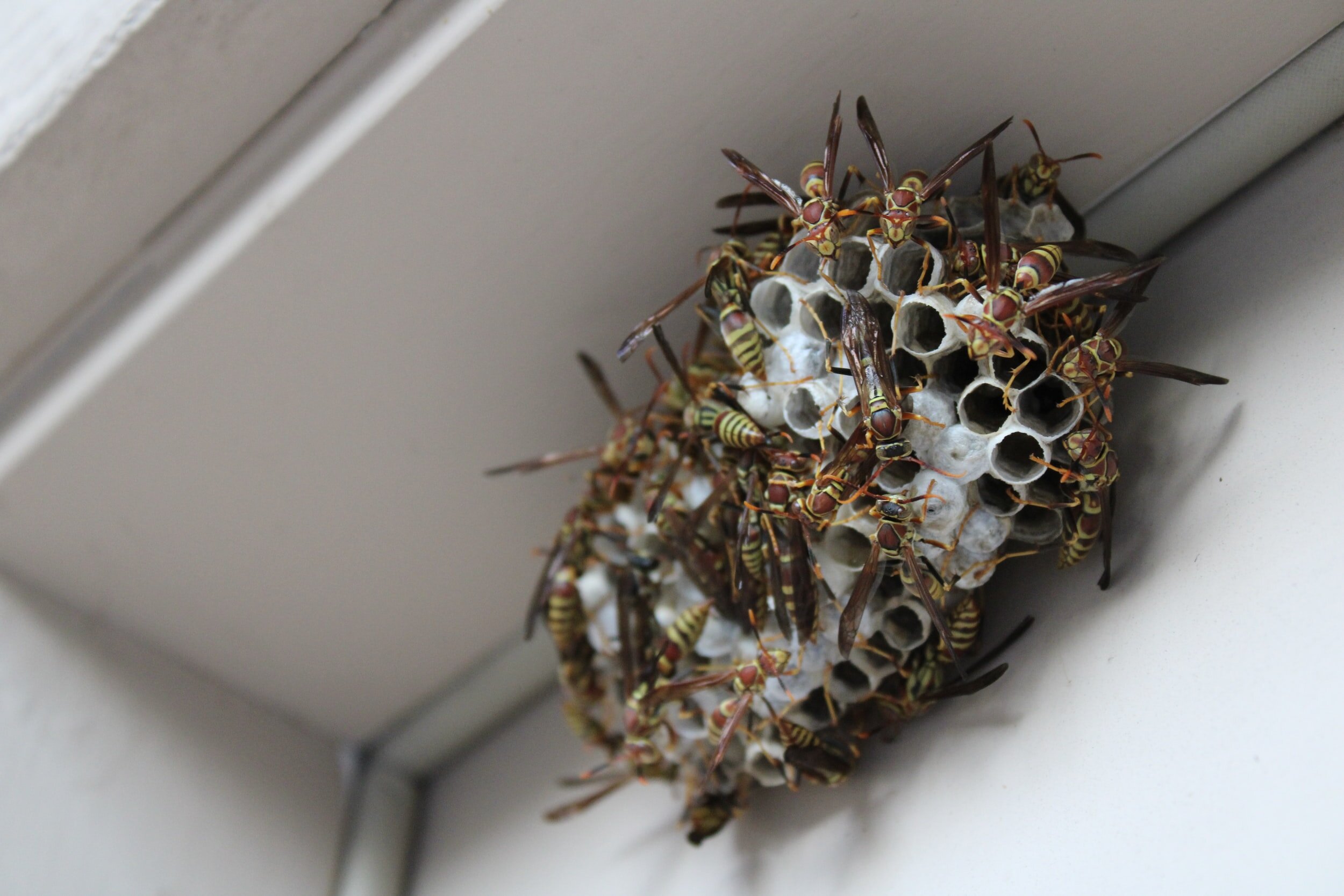The Pest Blog

Wasp Control: Taking the “sting” out of summer sizzle
New Hampshire is home to several species of stinging insects that all fall under the same family known as Vespidae; all with varying degrees of temperament around humans. One of the most common bouts of confusion surrounding stinging insects is identification, and the reference to such. Wasps are not the same as bees, and hornets are not the same as solitary wasps. Understanding the differences between species and genus is paramount to determining whether the stinging insect you’ve encountered poses a safety threat.

Heatwave: Those NH critters that “like it hot”
While most of us are metaphorically melting, some creatures who call the Granite State home are no strangers to hot & humid. So settle into some AC climate control and read all about the New Hampshire critters that can definitely take the heat.

Late Season Stingers: The “buzz” with Autumn yellow-jacket activity.
While present throughout the spring and summer, yellow jacket nests are at their largest during late summer and early fall (with each nest boasting roughly 1,000-4,000 workers). As the number of developing larvae increases throughout the season, workers will forage and expand upon the nest construction; doubling the size of the colony every few weeks throughout the summer.

Noticeable rise in New England’s swarming wasps this spring, explained
All it takes is a few warm spring days (around 70°) to awaken lethargic wasps from their winter hiatus. While mostly slow moving when trapped inside, crawling around floors or windows indoors, these wasps become incredibly active in the spring sunlight - particularly on the sunniest sides of homes around peaks of gable roofs and trim areas.
